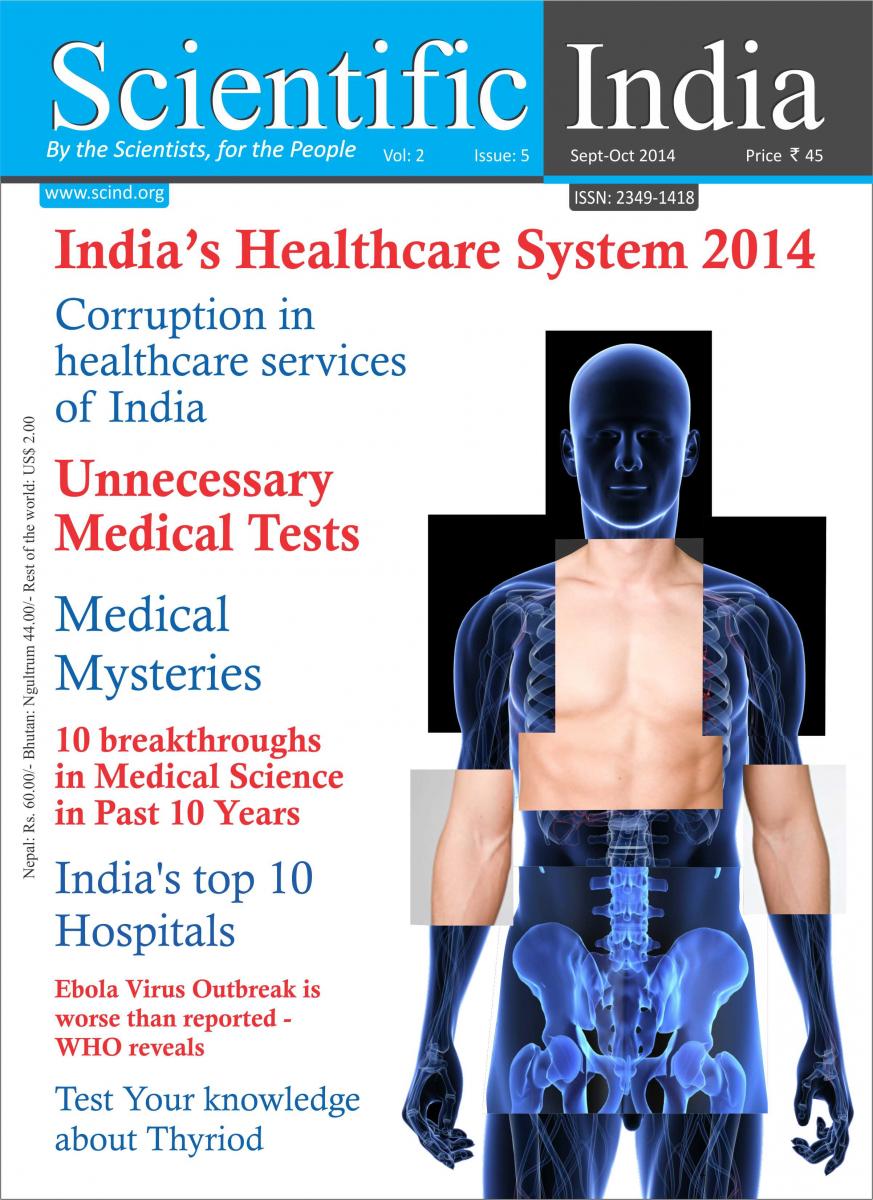Effect Of Potassium-Bi-Sulphate As Food Preservative- A Review

Department of Chemistry, M.E.S. College of Arts, Commerce and Sciences, Bengaluru, India
Preservatives are chemical substance that are added to products to prevent their natural degradation. They prevent degeneration of enzymes and micro-organisms. Preservatives are classified into organic and inorganic preservatives bases on their chemical composition. Antimicrobial preservatives prevent the deterioration of food by certain microorganisms and the antioxidants prevent the oxidation of fat present in the food on exposure to air. An example for antimicrobial preservative is lactic acid butylated hydroxy anisole (BHA) which is commonly used synthetic antioxidant. There are also some non-synthetic preservatives such as citric and ascorbic acid which prevent degradation of fruits by targeting the enzymes responsible for it. There are several physical and chemical factors which effect the preservatives. Mostly it includes concentration, temperature, time of exposure etc. Some preservatives also show chemical reactivity towards food components. The lack of knowledge among the individuals of today’s civilized society is posing a threat to their lives by using certain harmful preservatives. The most commonly used food preservatives in India are Benzoic acid and Sulphur dioxide. Sodium benzoate used as an alternative to benzoic acid as they both have almost same chemical properties. The present review gives the information about Potassium bi-sulphate which acts as a preservative and is a source for Sulphur dioxide which in-turn prevent the degradation of food and also provides the information about the several methods which are implemented to add preservatives into food substances and also effects of concentration, temperature, time of exposure on preservatives.
